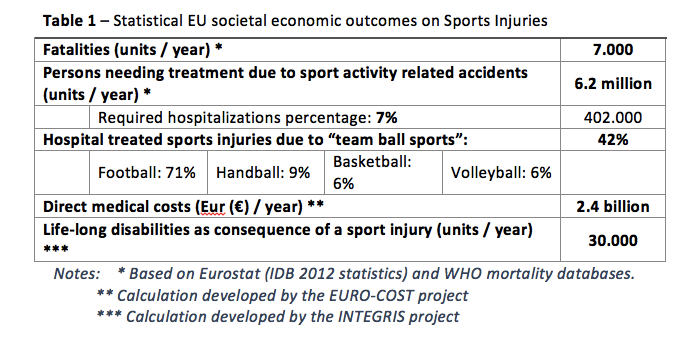
By Alexandre Rebelo-Marques (@ARebeloMarques)
On behalf of the Organising Committee, I am pleased to welcome our outstanding faculty and delegates to the Best European Destination in 2017 – Porto, Portugal for the Fédération Internationale de Médecine du Sport (FIMS) Team Physician Advanced Course (TPAC). The course will be held from 23 – 26 September at the auditorium of the FC Porto Stadium right after the 4th Saúde Atlântica & ISAKOS & ESSKA International Meeting.
This FIMS TPAC is a result of the strategic partnership between FIMS and our Institution – Clínica do Dragão, Espregueira-Mendes Sports Centre – FIFA Medical Centre of Excellence and has already received mass attention in the sports medicine world with over:
- 50 world renowned Speakers
- 20 countries represented
- 70 attendees confirmed from 3 continents
As such, it promises to be another highlight in the international sports medicine calendar especially for the new generation of Team Physicians.
The course has been granted 28 European CME credits (ECMEC®s) by the European Accreditation Council for Continuing Medical Education (EACCME®). In addition to this, has received the BJSM Quality Education stamp of approval.
Why is this course important?
Sport and Exercise Medicine (SEM) is a fast-growing healthcare field, allowing health workers who specialize in sports medicine to help not only athletes, but the general population too. Physical wellbeing among the general public is a growing area, too. Regular, moderate physical activity is essential for staying fit. Participating in sports, however, also carries a risk of being injured.
In the below table, we see that about 6.2 million people are being treated annually in a hospital setting for a sports-related injury as defined by the EU IDB catalogue of sports. Of those, about 7% (402 000 cases) are admitted for further treatment. ‘Team ball sports’ account for about 42% of all (specified) hospital treated sports injuries; by specific type of ball sports the ranking is: Soccer (71%), Handball (9%), Basketball (6%), Volleyball (6%).

Given this, the primary role of the sports medicine physician in competitive sport is the comprehensive health management of the athlete, to facilitate optimal performance along with the diagnosis and treatment of injuries and illnesses associated with exercise to improve athlete performance and prevent injuries. And, in a multidisciplinary team, working with coaches and physiotherapists, this can be a challenge. But, who’s not up for a good challenge?
We suggest that the first step to address the challenges is to be part of this group and show up in September in Porto! You are very welcome and one thing we can promise, is that you’ll love our wine!
Follow us on Facebook and Twitter: #FIMSPORTO2017
Bibliography
- Dijkstra, H. P., & Pollock, N. (2014). The role of the specialist sports medicine physician in elite sport. Managing athlete health while optimising performance – a track and field perspective. Aspetar Sports Med J, 3, 24-31.
- European statistics on hospital discharges: Eurostat, statistics database, population and social conditions, health, public health, health care activities, hospital discharges by diagnoses. http://epp.eurostat.ec.europa.eu/portal/page/portal/statistics/search_database. See also: European Community Health Indicators (ECHI): Hospital inpatient discharges (ECHI No. 67). http://ec.europa.eu/health/indicators/echi/list/index_en.htm.
- European Injury Data Base (IDB): DG Health and Consumers, “Health in Europe – Information and Data Interface” (HEIDI): http://ec.europa.eu/health/data_collection/databases/idb/. See also European Community Health Indicators (ECHI): Injuries at home, school, and during leisure activities (ECHI No. 29). http://ec.europa.eu/health/indicators/echi/list/index_en.htm.